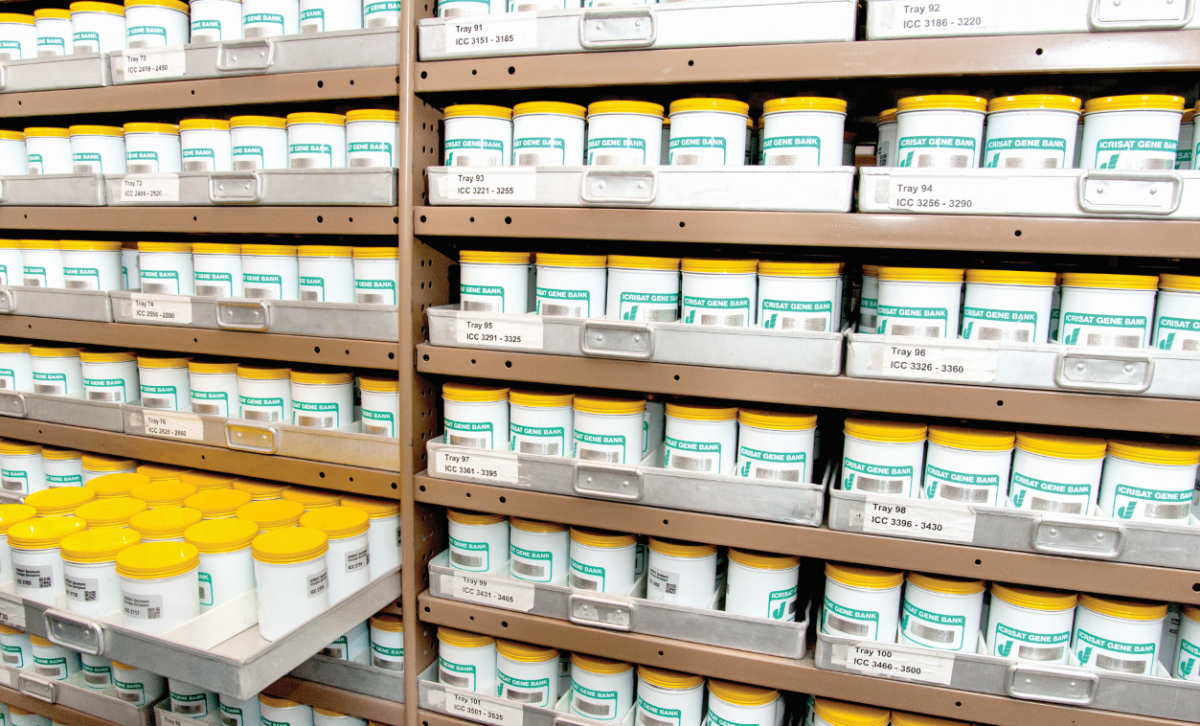Ministry unveils plan to preserve plant diversity in gene banks

Ministry of Agriculture has confirmed plans to establish a germplasm centre of excellence at the Kenya Plant Health Inspectorate Service (Kephis), Muguga station.
The director in charge of Plant Protection and Food Safety, Collins Marangu, said the new germplasm hub expected to boost plant development will also cover other segments of East and Central Africa.
“The proposal to build the bank for genes from plants is part of strengthening phytosanitary systems in the country,” he said.
This, he added, will boost protection of the country’s plant health and biodiversity, enhance safe trade, income and contribute to food security.
“In the germplasm centre, genes are stored within living plant tissue, such as seeds or whole plants. I would like to thank the International Plant Protection Convention (IPPC) for accepting to support Kenya to evaluate its phytosanitary capacity,” Marangu added.
He made the remarks in a speech read on his behalf by Deputy Director Teresia Karanja during the closing of a validation workshop on Phytosanitary Capacity Evaluation (PCE) results for Kenya.
Food and Agriculture Organisation, through IPPC, developed a process for countries to assess the capacity of their phytosanitary systems called the Phytosanitary Capacity Evaluation (PCE).
Through the Implementation and facilitation unit, the IPPC secretariat facilitates implementation of the PCE.
Marangu said that the recent introduction of pests such as the Maize Lethal Necrotic Disease (MLN), False Codling Moth, and Fall Army Worm and re-emergence of pests such as Desert locust warranted a review of the phytosanitary capacity to identify areas that needed to be strengthened.
Kephis Managing Director Theophilus Mutui said the purpose of PCE is to enhance phytosanitary systems by strengthening the National Plant Protection organisations capacities and resources.











